Years ago I reviewed the unique Zeiss Planar 50mm F1.4 for Canon EF. I call it unique, in that, contrary to expectations for Zeiss glass, it isn’t actually particularly sharp wide open. “Dreamy” is the euphemistic term. Yet it produces really beautiful images with lovely rendering, and becomes very sharp when stopped down. I bring that up because that was the lens that I was reminded of when reviewing the Voigtländer 40mm Nokton F1.2 for Sony full frame mirrorless (FE). It is a lens with gorgeous color, beautiful rendering, but not high levels of sharpness from F1.2-F2. My access to Voigtländer lenses in Canada is limited, so I jumped on a unique opportunity to review the 110mm (my review here) and 40mm F1.2 lenses. The 40mm F1.2 is a fully manual lens, though it does have electronic contacts and operates essentially like the Zeiss Loxia series lenses on Sony FE (full frame E-mount). This is a unique lens that in many ways is more connected to the priorities of photographers from the past rather than the present. Put simply, the Nokton (as we’ll call it for short), has a unique aesthetic that will delight some but will be of little interest to others. Which camp do you fall into? Read on to find out…
As noted, the Nokton embraces a lot of classic sensibilities, though with a few modern additions. It is a fully manual lens, including both manual focus and manual aperture. It balances this be being electronically enabled, which means that when you begin to focus the area of focus will be magnified on the LCD screen or in the viewfinder, helping you to be able to visually confirm focus much easier. Likewise with the aperture ring, as while you must make aperture changes via the ring (with one-third stop detents for more control), that information is communicated to the camera and you can see the aperture changes on screen. I find this goes a long way towards increasing the usability of a manual focus lens, and, ironically, a fully manual lens is actually more “future-proof” than a fully automatic one. I’m still using 50 year old manual focus lenses easily via adapter on modern cameras (be it Sony, Canon, etc…) because all of the control is on the lens itself.
The Nokton is an interesting dichotomy of “dreamy” rendering wide open (particularly when “pixel peeping”) while becoming very sharp and with great contrast when stopped down. The first photo I shared from the lens above lacks contrast and definition when viewed at a pixel level, but this shot (from a 42Mpx Sony a7RIII) shows incredible acuity and fine detail at a pixel level in the crop:
That’s extremely impressive, and it shows off the dual nature of the lens. We’ll explore that more thoroughly as we move ahead. If you would rather watch your reviews, then check out either my standard video review or the definitive (all the details) review by clicking the appropriate thumbnail below:
Thanks to B&H Photo for the loaner! I’ll be reviewing the Voigtländer Nokton 40mm F1.2 on my Sony a7RIII and Sony a9 bodies.
Follow Me @ Patreon | My Newsletter | Instagram | Facebook | Twitter | Flickr | 500px
Voigtländer Nokton 40mm F1.2 Build and Handling
Voigtländer has a consistent formula for their lenses for Sony. They are all sleek black anodized metal lenses that are all metal and glass. They are typically relatively compact (a trait I appreciate) while being slightly heavier than typical for their dimensions because of very high grades of construction. In this sense they have a very similar “density” to classic Zeiss lenses (pre-Milvus) and are generally a delight to look at and feel because they are made at such a high grade.
In fact, modern Voigtländer (an Austrian company – the oldest continuously operating optical company in the world) are made by Cosina in Japan. Modern Zeiss (a German company) lenses are also made in Japan. In fact, Cosina produced many of the Classic Zeiss lenses under Zeiss specifications and oversight, so it’s not surprising that there is some overlap.
Here’s a look at how some of the Sony FE Voigtländer options around this focal length compare in terms of size, weight, and price.
The aberration here is the older “Nokton Classic” 35mm F1.4, but outside of that the 40mm and two 50mm options are largely similar. This is a great form factor (particularly for an F1.2 lens), as the Nokton 40mm is only 2.76″ (70.1mm) in diameter (giving us a standard 58mm front filter thread) and is only 2.33″ (59.3mm) long. Even if you mount the shallow lens hood and leave it there (which is what I recommend for reasons I’ll momentarily explain), the resulting combination is a great fit in terms of size and weight on your Sony mirrorless.
The lens hood has some of Voigtländer’s typical shortcomings, but they are reduced in this configuration. The lens hood screws onto the filter threads rather than bayoneting on, though the hood is threaded on the inside to allow for filters to continue to be used with it in place (58mm size). The major downside to a lens hood that threads on rather than bayonets is that it cannot be reversed for storage. Fortunately the lens hood itself is quite shallow, and the lens itself isn’t fairly short, so it’s not really a problem to just permanently leave it in place (this is less true with some other Voigtländer lenses). I threaded it on shortly after the lens arrived and have never removed it.
The hood itself is all metal and has a similar finish on the outside with tight metal grooves/ridges inside to help stop light from bouncing around. The shallow nature of the hood means that you probably won’t get a lot of shading from it, but it does help offer protection for the lens, takes up little additional space, and is certainly worth using.
There are two rings on the lens. The major one is the knurled metal focus ring, which occupies about half of the barrel’s length. Remember that Cosina has also manufactured Zeiss lenses, so you’ll find a very similar buttery smoothness to the focus action here. The weight is perfect, the focus action is smooth, and there is about 130 degrees of rotation to the focus throw. There is good spacing between the various focus distances which results in nice precision to the focus. There are few manual focus lenses that offer a better experience than what you’ll find on the Nokton.
The second ring is a narrow aperture ring near the front of the lens. This is a good location and is easy to find by touch even your eye is pressed up to the viewfinder. I vastly prefer this position to the one on the APO-Lanthar 110mm Macro I just reviewed. The aperture ring turns with precision and there are nicely defined detents at one-third stop positions. I prefer this as it gives you the same amount of aperture control that you typically have with autofocus lenses.
If you look at the back of the lens, you will see that it does have electronic connections as previously mentioned. What it doesn’t have is any kind of weather sealing, unfortunately. The price point and the build suggest that this is a premium lens, and I think that a premium lens should have weather sealing.
Look past the beautiful front facade of the lens and inside you’ll find 8 glass elements in 6 groups along with an aperture iris with a fairly high blade count of ten. Those blades are all straight (a Voigtländer/Zeiss thing), which unfortunately means that you will see the shape of those blades in bokeh highlights very quickly (here’s a look at wide open, F1.4, and F2).
There’s no question that you start to see that decagonal shape even by F1.4. You’ll also see the fairly typical geometric deformation in the bokeh highlights along the edges of the frame that are commonly referred to as “cat-eye” or “lemon” shapes.
Aside from these niggles, however, this is another beautifully built lens from Voigtländer that should delight those who love beautifully engineered things or classic lens design. This lens is surprisingly compact for a lens with a maximum aperture of F1.2. Sigma’s new 35mm F1.2 for Sony is 160% larger and 131% heavier (not an apples-to-apples comparison, but does give some perspective.)
Voigtländer Nokton 40mm Image Quality
It is here that I will work hard to deliver a nuanced report that reflects the nuances of the Nokton’s performance. If you are looking for a lens that is razor sharp at F1.2, this is not the lens for you. If your priority for portraits is to have a beautiful overall “look” with a slightly dreamy feel, then this just might be a lens for you. It really has a dual nature; lower contrast from F1.2-F1.8 while offering incredibly high contrast and precise detail at smaller apertures. Before getting technical, let’s take a look at a real world example or two.
First of all, here is the dreamy character at F1.2 that I referred to. The bokeh is lovely here (particularly when you consider that the focal length isn’t that long). The background just melts away in creamy goodness. But if you look at the area of focus at a pixel level, you can see that there isn’t much microcontrast and fine detail rendered. Everything is a little bit hazy.
That will help give you some perspective for our chart tests in a moment. The opposite is true if you stop the lens down, however. This is a shot taken just a few minutes prior but at F4 rather than F1.2. Look at how amazing crisp everything is, with levels of detail and contrast that jump off the screen (these were taken on a 42Mpx Sony a7RIII):
The crops here don’t do it justice. The original (on my 4K Ben-Q SW271 monitor) “pops” in a way that I rarely see.
That’s the dual character I refer to. Now the details…
First, a look at distortion and vignette. The image on the left is an uncorrected RAW; on the right is the same image after the standard Lightroom profile is applied.
Distortion is nearly non-existent, and what little bit is there is a very mild pincushion pattern. This gives the Nokton an advantage over most 35mm lenses (a point worth considering for some photographers, depending on your work). This is a good thing for portraits, as many 35mm lenses exhibit barrel distortion which is almost always unflattering for portrait work. There is definitely some vignette at F1.2, though you can see that it is very linear and moves out in a gradual pattern that will often work very well for portraits. If you don’t want it, it is easy to correct for either in camera (JPEG or Video) or in post with RAW files. The vignette doesn’t naturally clear up very fast, however, and there is only mild improvement by F4.
I find in many cases I actually like the look of uncorrected images. The vignette adds character, though there will obviously be exceptions to that rule. Here’s a shot that I prefer without corrections (at F2).
A look at a longitudinal chromatic aberrations (LoCA) test reveals some interesting things.
First of all, the actual amount of LoCA here is not particularly pronounced (at least in this lighting). What you see instead is a generalized haze (surface blur) that smears fine details and reduces contrast. Stopping down the lens dramatically improves the microcontrast (look at this comparison between F1.2 and F2.8).
This is essentially what we see in real-world situations, too. In this high contrast scene at F1.2 you can see some generalized purple and green fringing, but it is more on the surface rather than to the side of the high contrast areas. The details look a bit bit smeared as a result, as if there were some Vaseline on the front element.
That same scene at F2.8 renders very differently:
This helps us to understand the results we find on the test chart. First, here’s what the full frame looks like on a 42Mpx camera:
Now, a look at the crops from the center, mid-frame, and lower right corner:
What you’ll see is that there is actually good detail in these crops, but the layer of haze over the top (low contrast) obscures them from being visible. There’s a lot of that smearing.
There’s minimal improvement at F1.4, but by F2 you can see a dramatic uptick in contrast and acuity. The details were there before, but now the reduction in haze allows them to really shine.
If you stop on down the contrast and detail continues to improve to exceptional levels. By F5.6 even the extreme corners are incredibly sharp and high contrast:
This is obviously going to give you some creative options…particularly when shooting portraits. Here’s a look at F1.2, F1.4, and F2 along with crops. Even F2 gives one a very different look to access for portraits, with high levels of detail, while the wider aperture shots give that “dreamy” look.
The trade off for lower contrast at wide apertures is a pretty delightful bokeh rendering. As noted, though the Nokton does not have a long focal length that blurs out backgrounds, the quality of the blur is beautiful in many situations. Here’s an example:
The interesting thing with a shot like this is that at a global level the contrast actually looks good (at F1.2). It is only when pixel peeping that that the hazy appears. Here’s another example of the same truth:
And this is the reason why some photographers will really be attracted to this lens. When reviewing lenses, we look at the details. In photo sharing, however, we look at photos. Often reviews “miss the forest for the trees” as one gets so caught up in the details that we miss the overall character of a lens. The character of the Nokton is quite lovely, and it has amazingly beautiful color rendering as well. Here’s a few more examples to illustrate what I mean:
The “look” or “feel” of the images are great. Some of you will prioritize high detail and sharpness at F1.2 or F1.4, and, if so, this lens is probably not for you. But if you are more about the rendering in images, the Nokton could become a favorite for you. Take a look at the image gallery here if you want to see more photos to help you make that decision.
As previously noted, the lens is a fabulous landscape option when stopped down. Great color, amazing detail, and a good focal length for many situations:
Any lens with an aperture this large is going to present an intriguing option for shooting the night sky. The results for astro are a mixed bag, though. At wide apertures the lens shows some of that smearing on star points even in the center of the frame, and there is some fairly obvious coma along the edges (those aren’t flying geese, those are stars!)
Stopping down to F2 reduces but does not eliminate the comatic aberrations.
On a positive note, the lens can suck in a lot of light, so (as is our theme), the global look of night sky images is pretty good.
In short, the Nokton is dreamy/soft at wide apertures (though with beautiful color and bokeh) and becomes very sharp from F2 onwards. It’s a lens that will appeal to a certain type of photographers, but is clearly not for everyone. That’s pretty much true of Voigtländer in general.
Conclusion
The Voigtländer Nokton 40mm F1.2 is a unique lens. It has some great strengths, some serious weaknesses (for certain people), and is most certainly a lens that is more about the feel of the images (global rendering) than it is about the kinds of details that test well in a lab. Those that just do lab tests probably won’t get this lens at all. But for those who are more about artistic feel, the Nokton is a pretty special tool.
I see this as being a lens for the more artsy types, as it has a retro, hipster feel that is great for those whose photography works something like this:
In my short time with the lens, I reached for it frequently for that style of shot. It’s a great focal length, has amazing color, and has that “it” quality when it comes to the look of images. It is certainly not a lens for the masses (that $950 price tag assures that!), but if you like more deliberate, artistic photography, it is a lens worth considering.
Pros
- Beautifully built, well engineered classic design
- Compact size for a lens with an F1.2 aperture
- Gorgeous color rendition
- Beautiful bokeh
- Incredibly sharp and high contrast when stopped down
- Very high acuity at smaller apertures
Cons
- Low contrast and acuity at F1.2 and F1.4
- Some smearing and chromatic aberrations at large apertures
- No weather sealing
Purchase the Voigtländer 40mm F1.2 @ B&H Photo | Amazon | Ebay
Sony a9 Camera: B&H Photo | Amazon | Amazon Canada | Amazon UK | Amazon Germany | Ebay
Sony a7RIV Camera: B&H Photo | Amazon | Amazon Canada | Amazon UK | Amazon Germany | Ebay
Sony a7R III Camera: B&H Photo | Amazon | Amazon.ca | Amazon UK | Ebay
Peak Design Slide Lite: Peak Design Store | B&H Photo | Amazon | Amazon Canada | Amazon UK
Peak Design Leash Strap: Peak Design Store | B&H Photo | Amazon | Amazon Canada | Amazon UK
BenQ SW271 4K Photo Editing Monitor – B&H Photo | Amazon | Amazon.ca | Amazon UK
Adobe Photoshop Creative Cloud 1-Year Subscription
Exposure Software X5 (Use Code “dustinabbott” to get 10% anything and everything)
Purchase your gear at:
B&H Photo | Amazon | Ebay | Make a donation via Paypal
Visit Dustin’s Amazon Storefront and see his favorite gear
Purchasing your gear through B&H and these links helps fund this website and keeps the articles coming. You can also make a donation here if you would like. Visit my Amazon page for some of my gear of choice! Thank you for your support.
Great News! I can now offer a 5% discount on all purchases at Amplis Foto, Canada’s Leading Photographic Supplier. Please enter discount code: AMPLIS52018DA in your cart. It is good for everything in your cart, and is stackable with other coupons, too! It will take 5% off your entire order! Proceeds go towards keeping this site going and providing you with new reviews!
Check me out on: My Patreon | Sign Up for My Newsletter | Instagram | Facebook | Twitter | Flickr | 500px | Google+ |
Use Code “DUSTINHDR” to get $10 off ($15 CDN) any Skylum product: Luminar, Aurora, or AirMagic
Keywords: Voigtlander, Voigtländer, Nokton, 40mm f1.2, Voigtlander 40mm Review, Voigtlander 40mm f1.2, Review, Dustin Abbott, Voigtlander 40mm f/1.2 Nokton, Voigtländer 40mm, Voigtländer 40mm, FE, Sony, a7R3, a7RIII, Sample Images, Video Test, YouTube, Comparison, Sharpness, Video, Zeiss, Sony a7RIII, Sony A7RIV, Sony a7R IV, Sony a9, Hands On, Video Test, Portrait, Video, Sharpness, Real World, Comparison


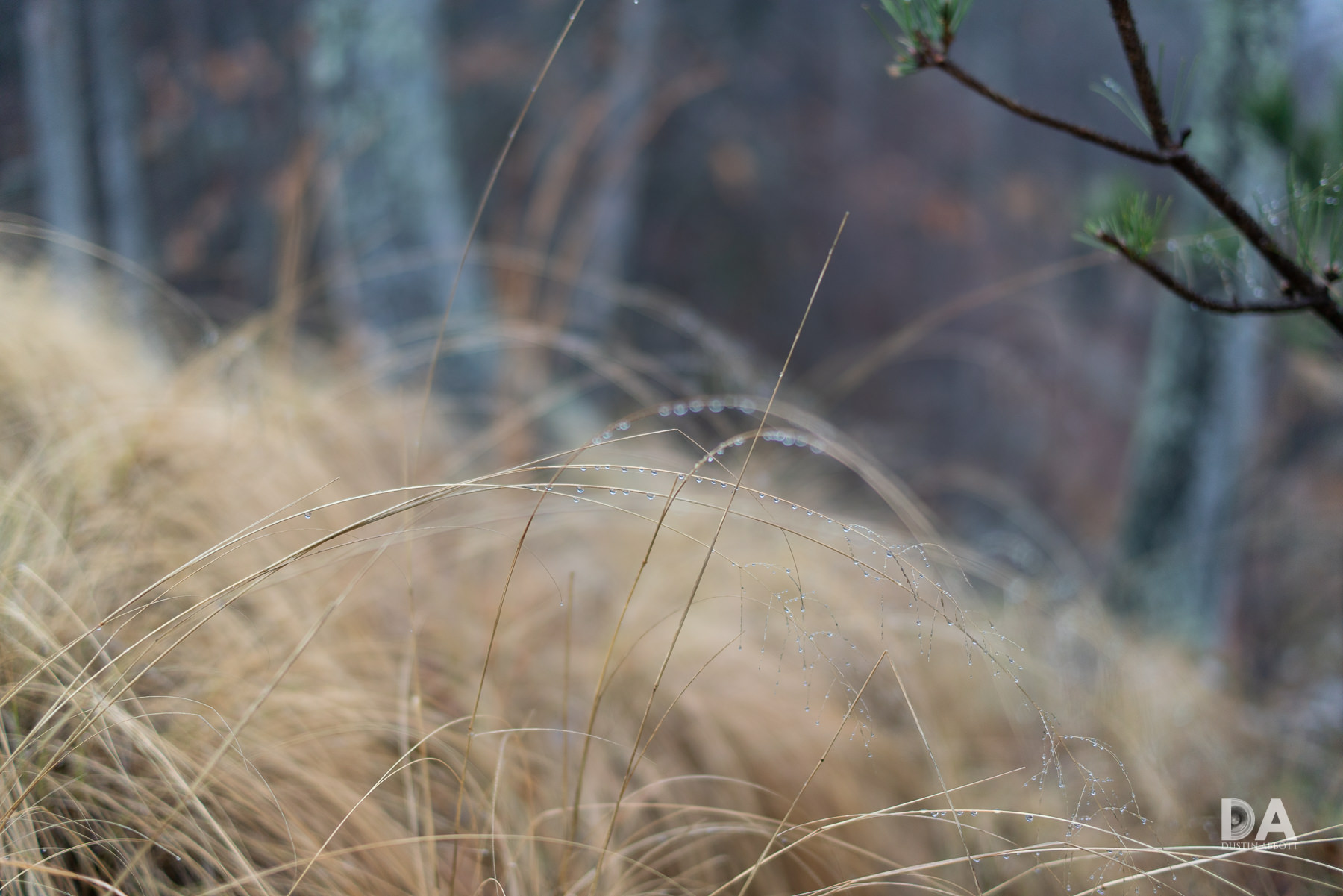

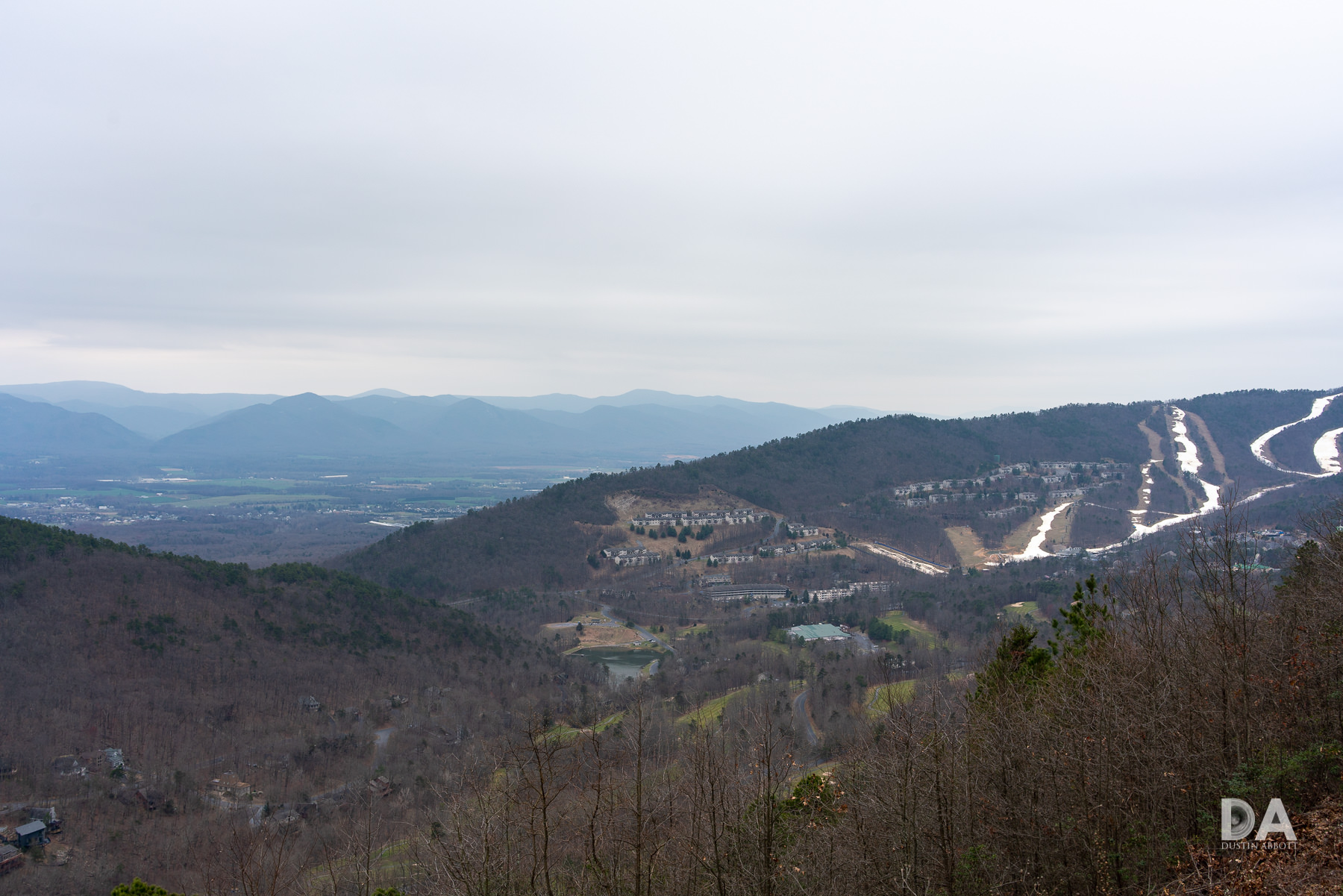
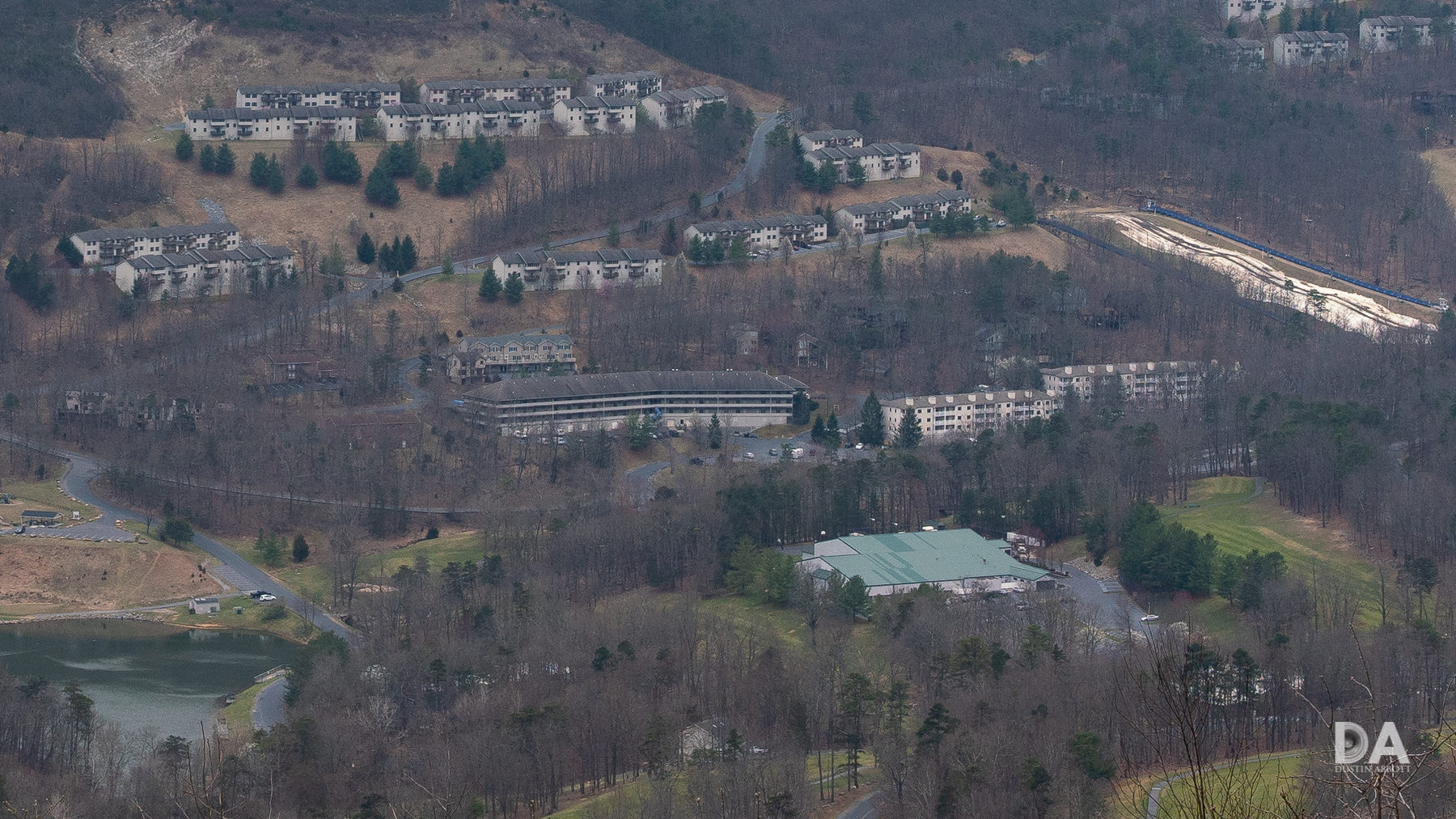



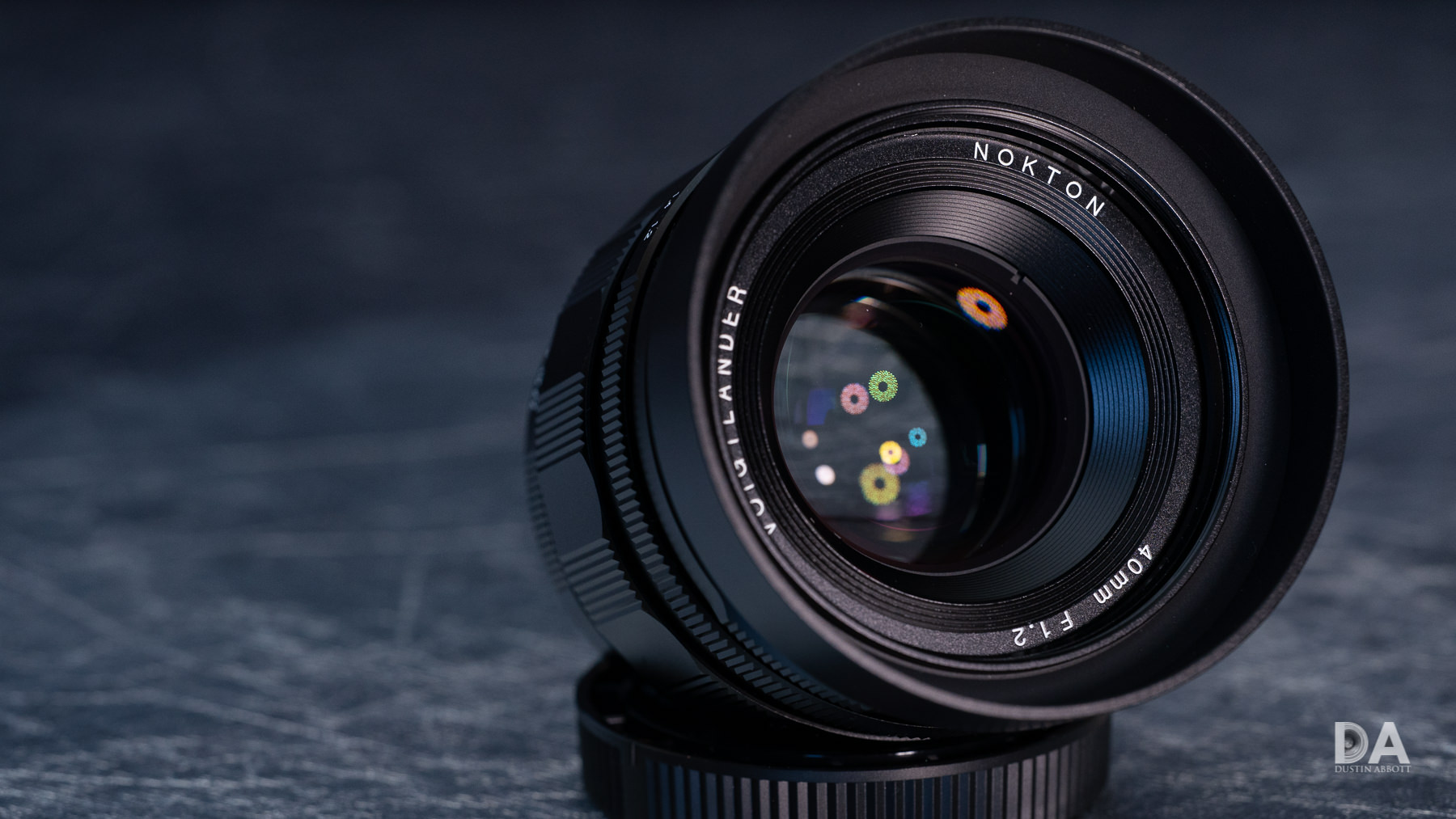

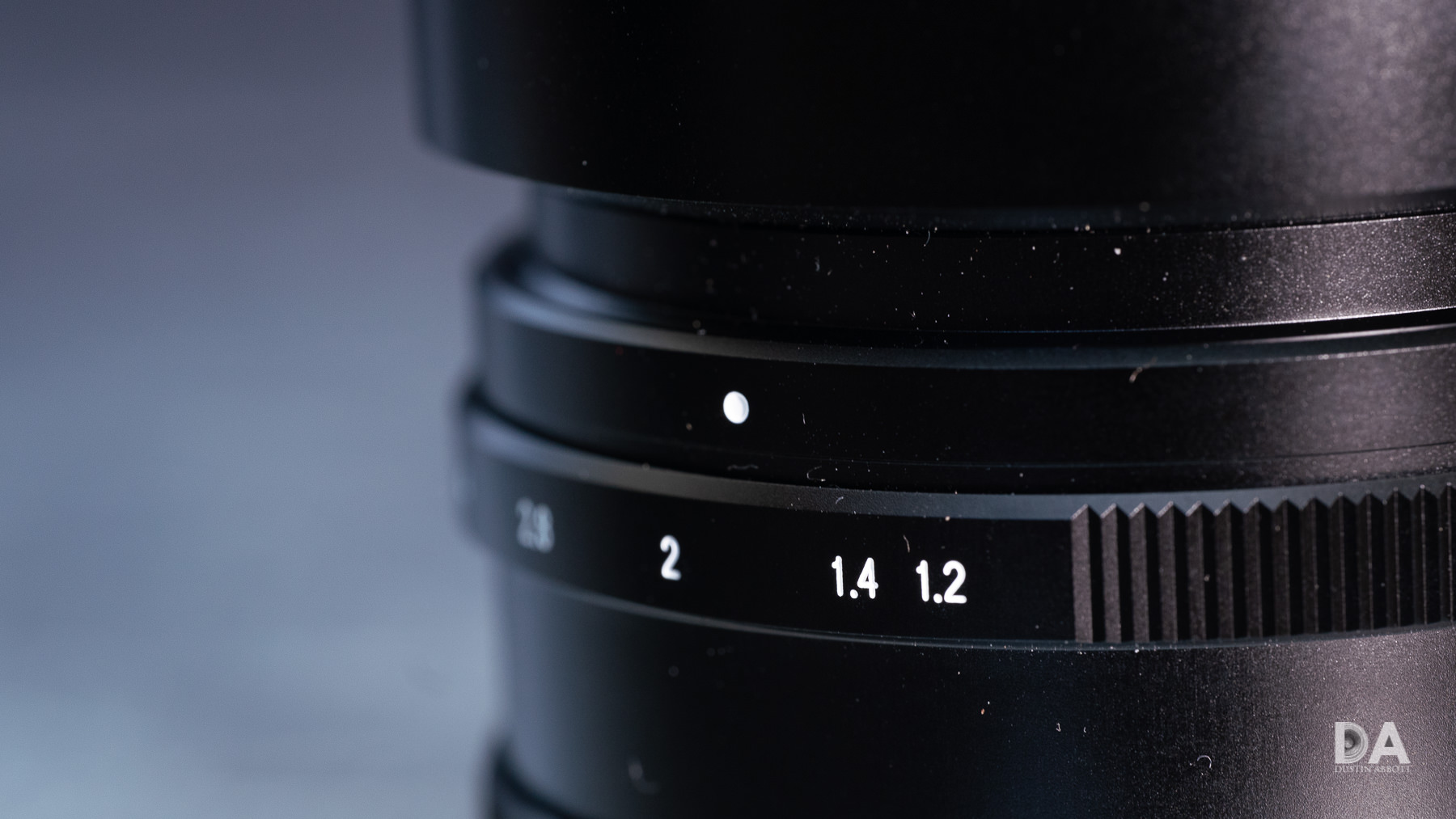
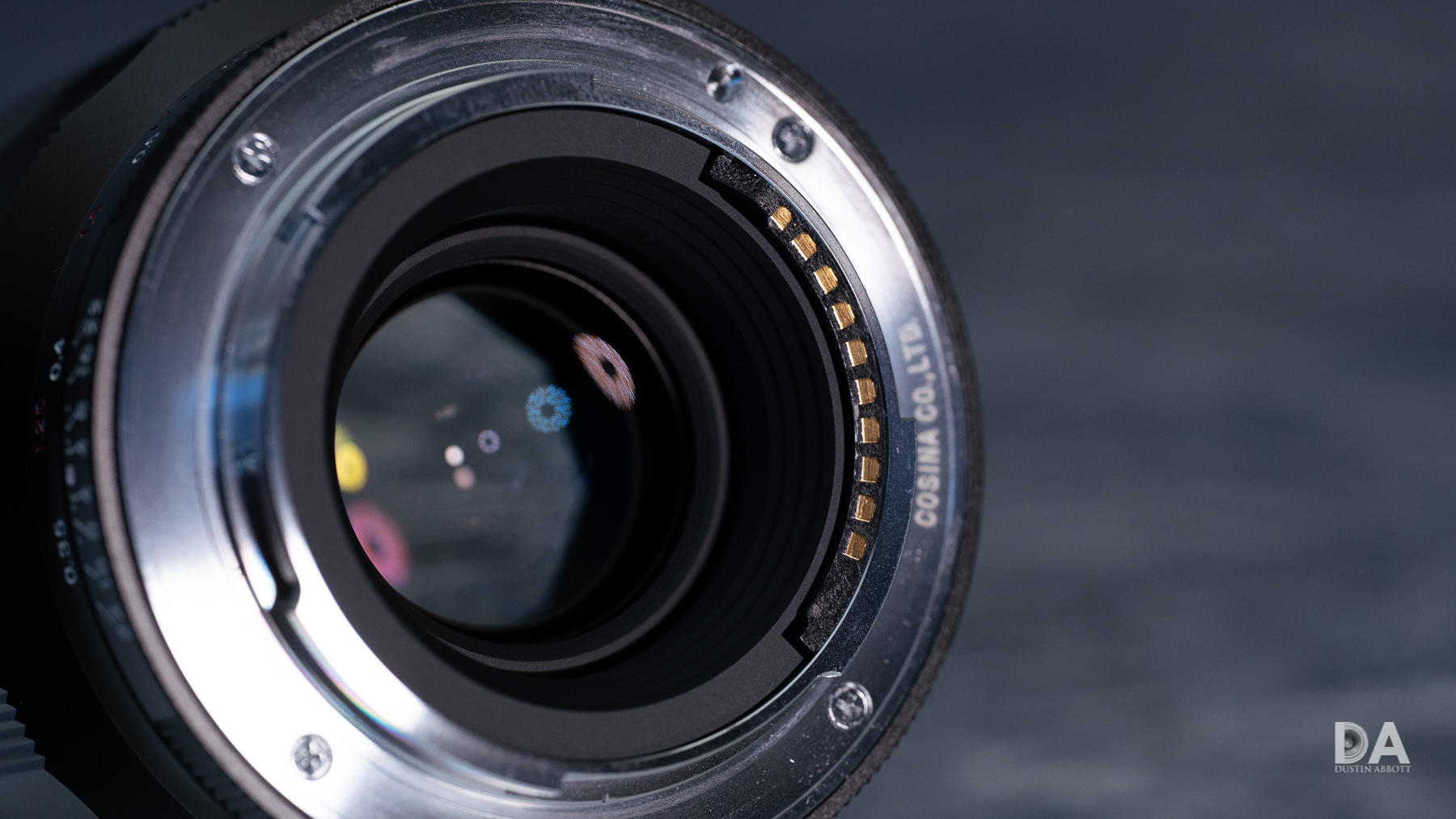
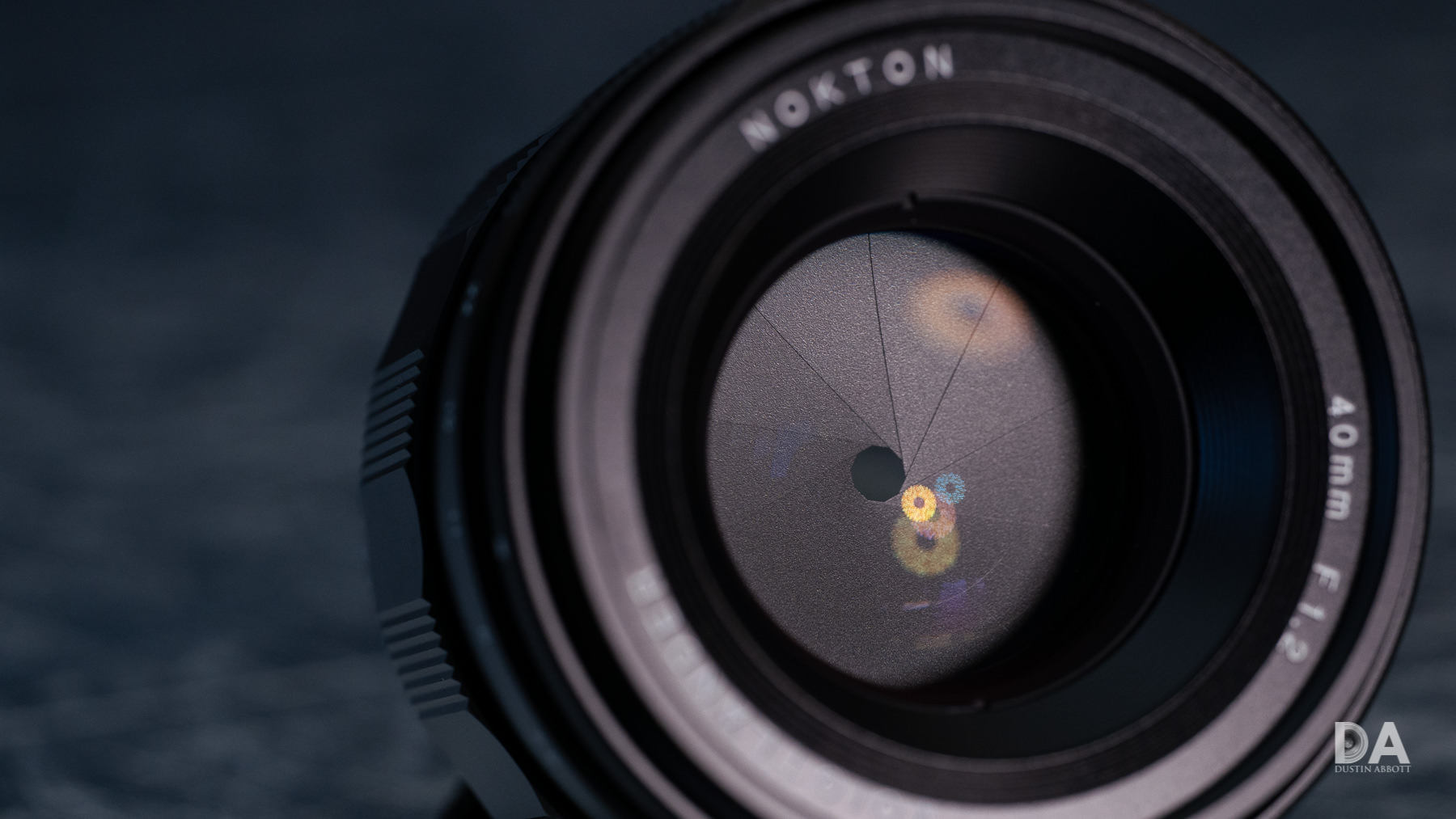
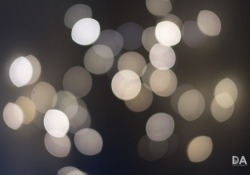
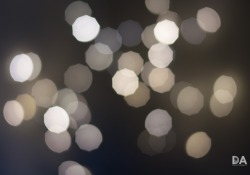
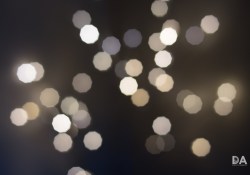
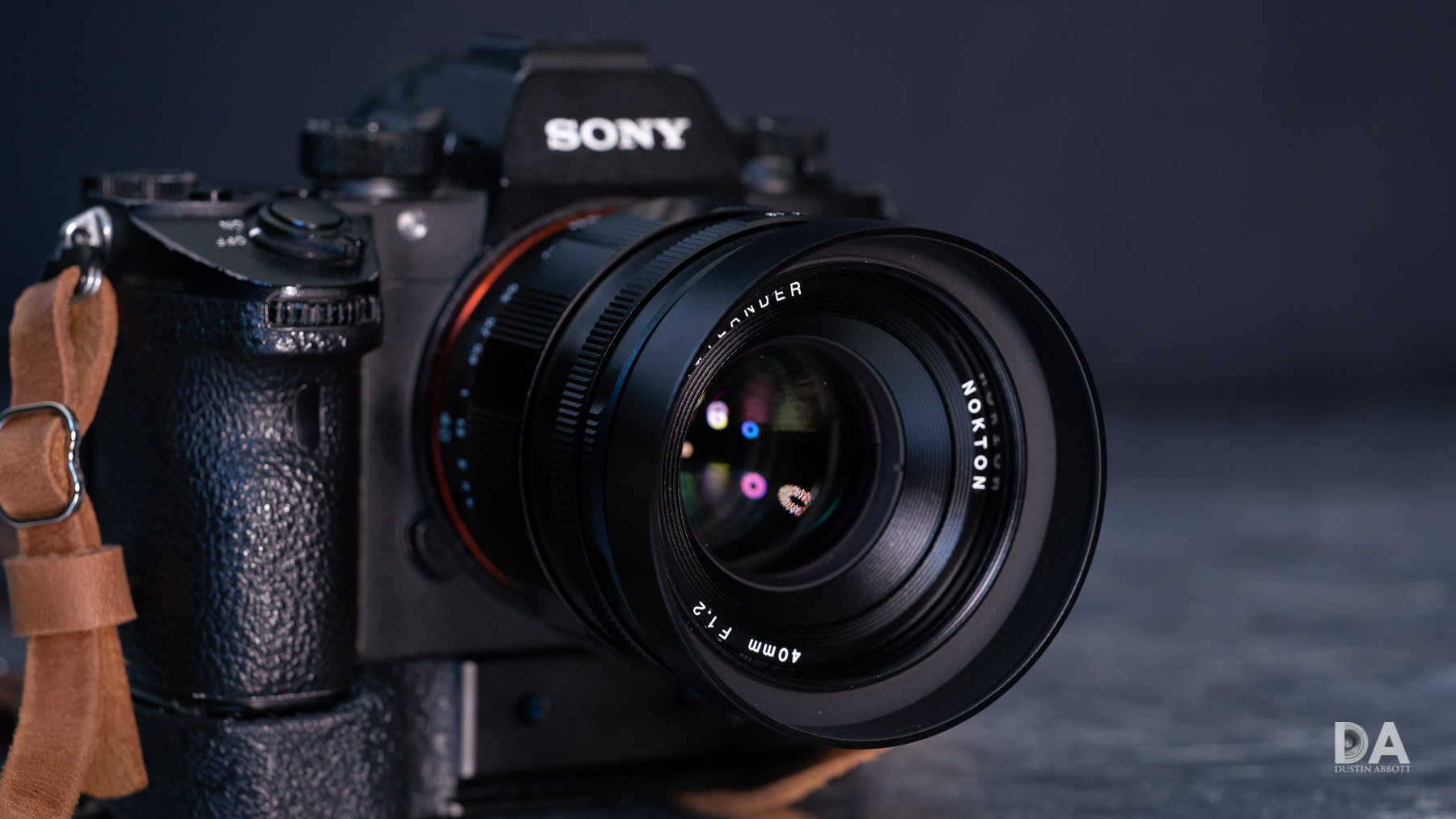
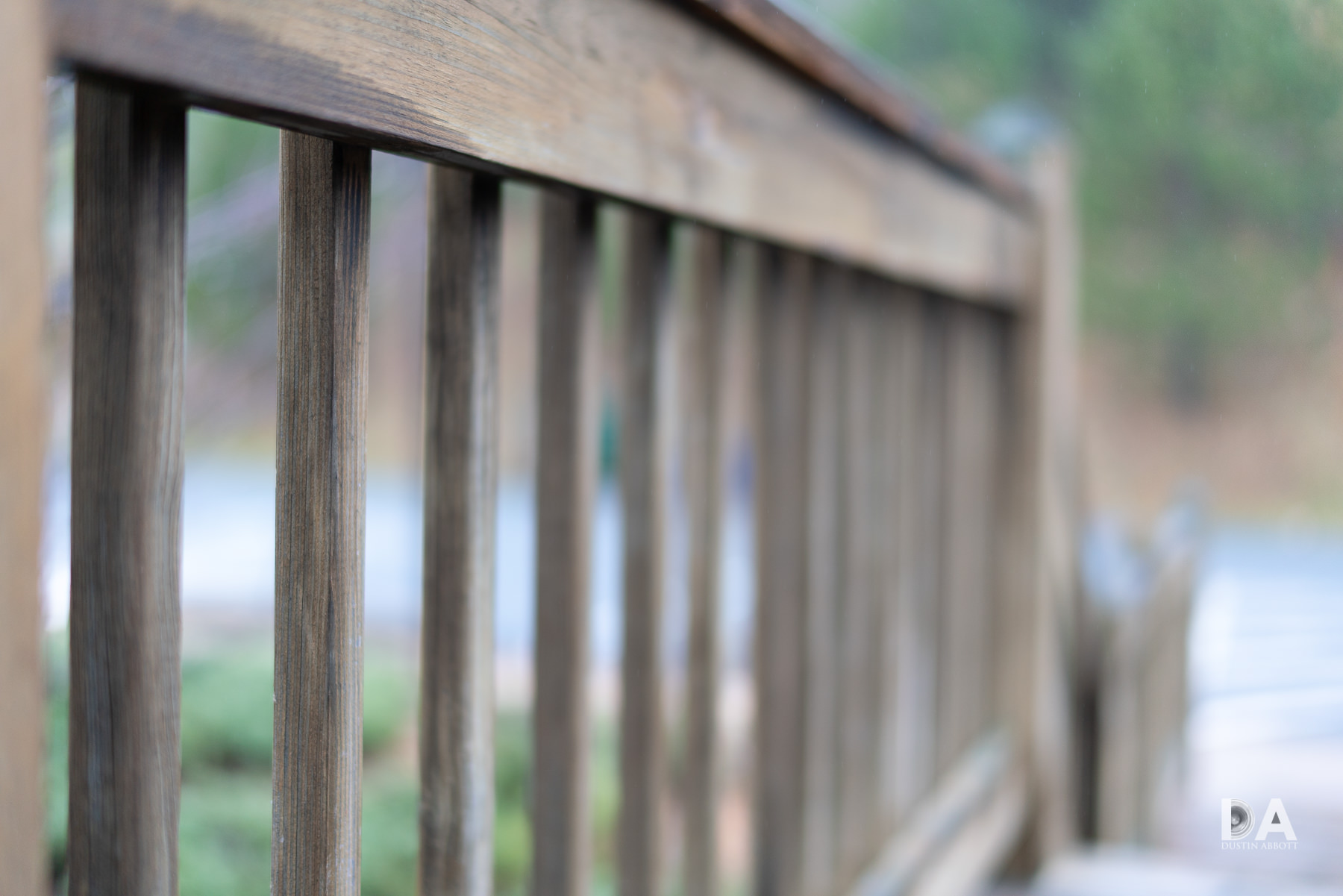

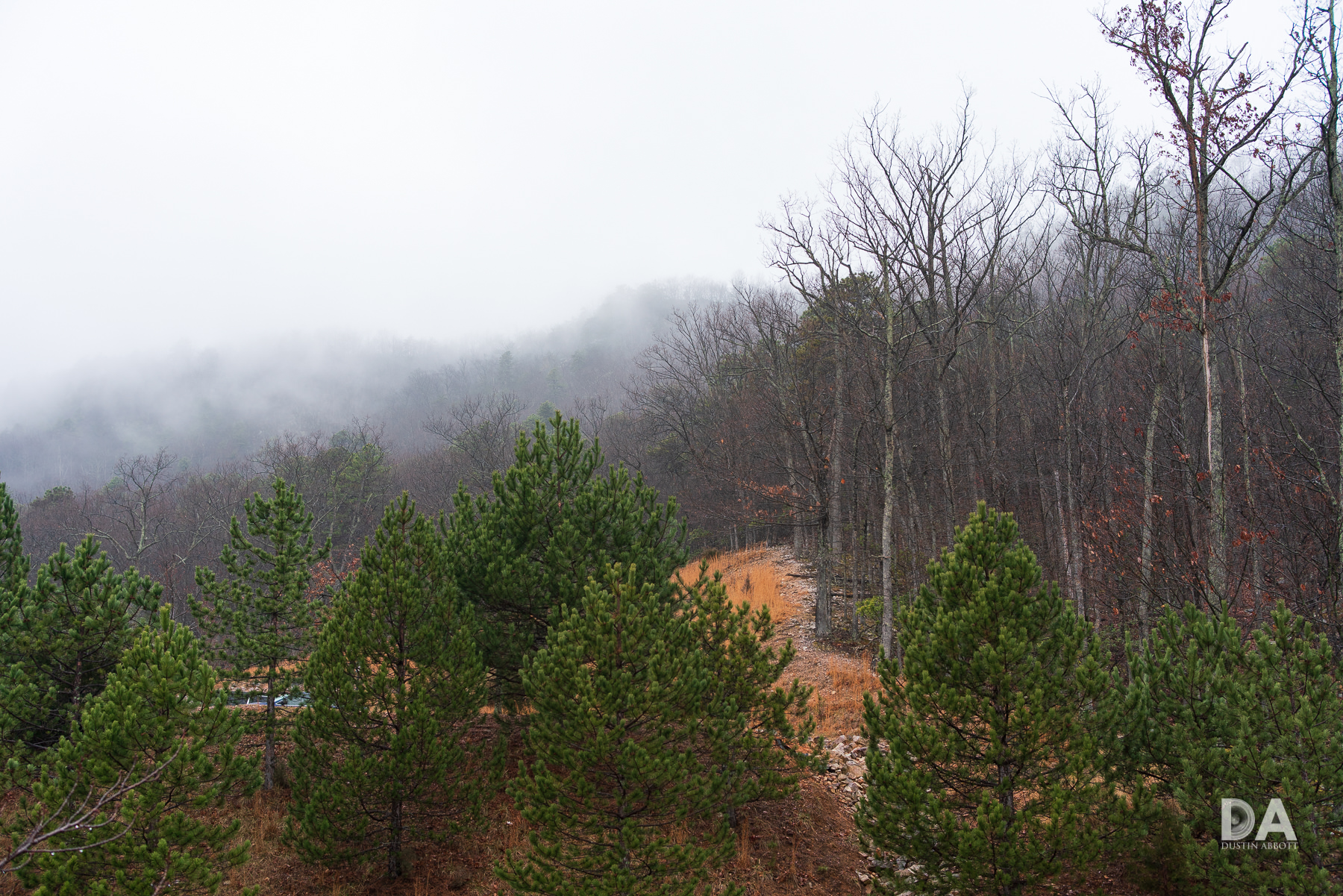

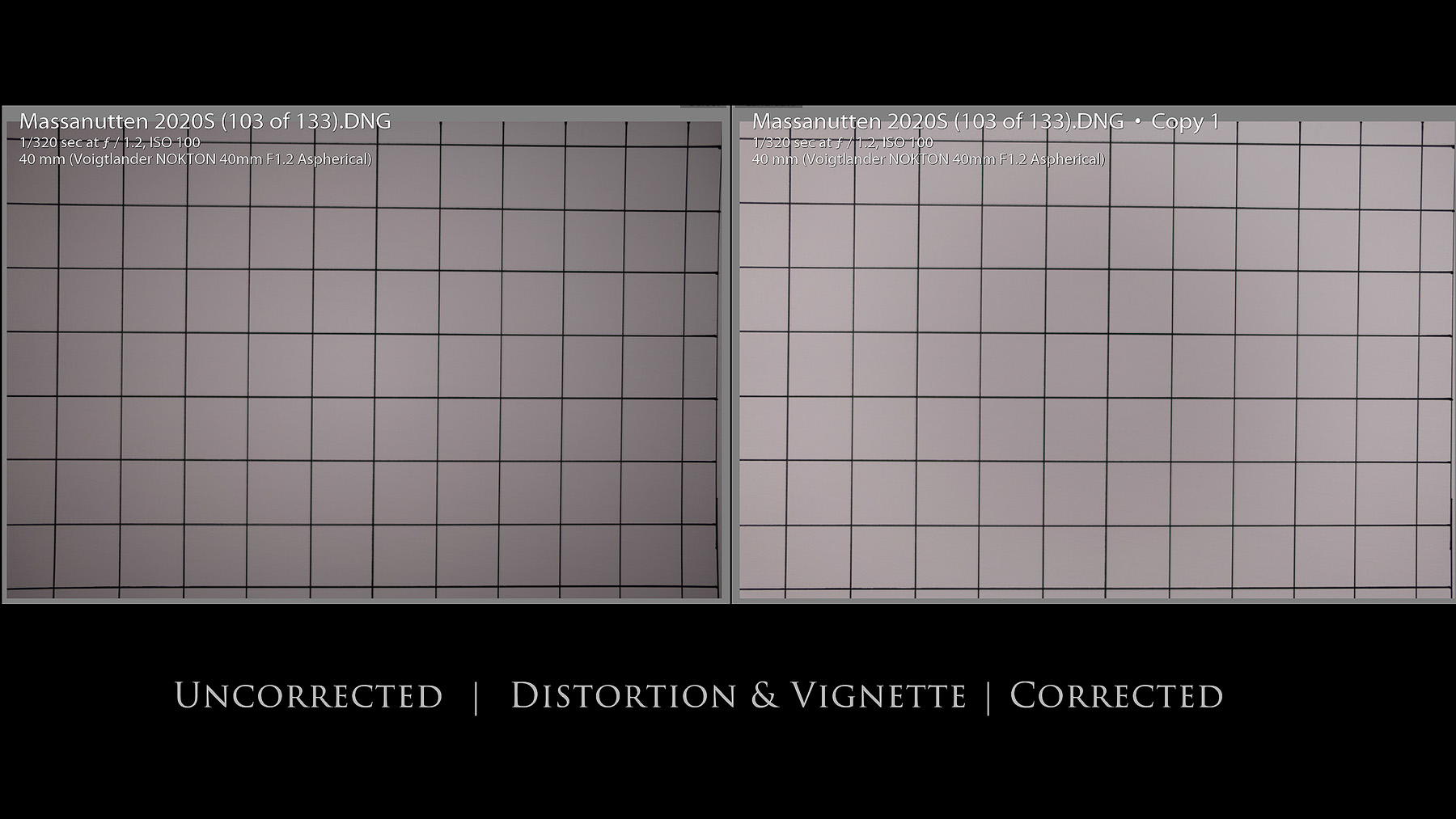
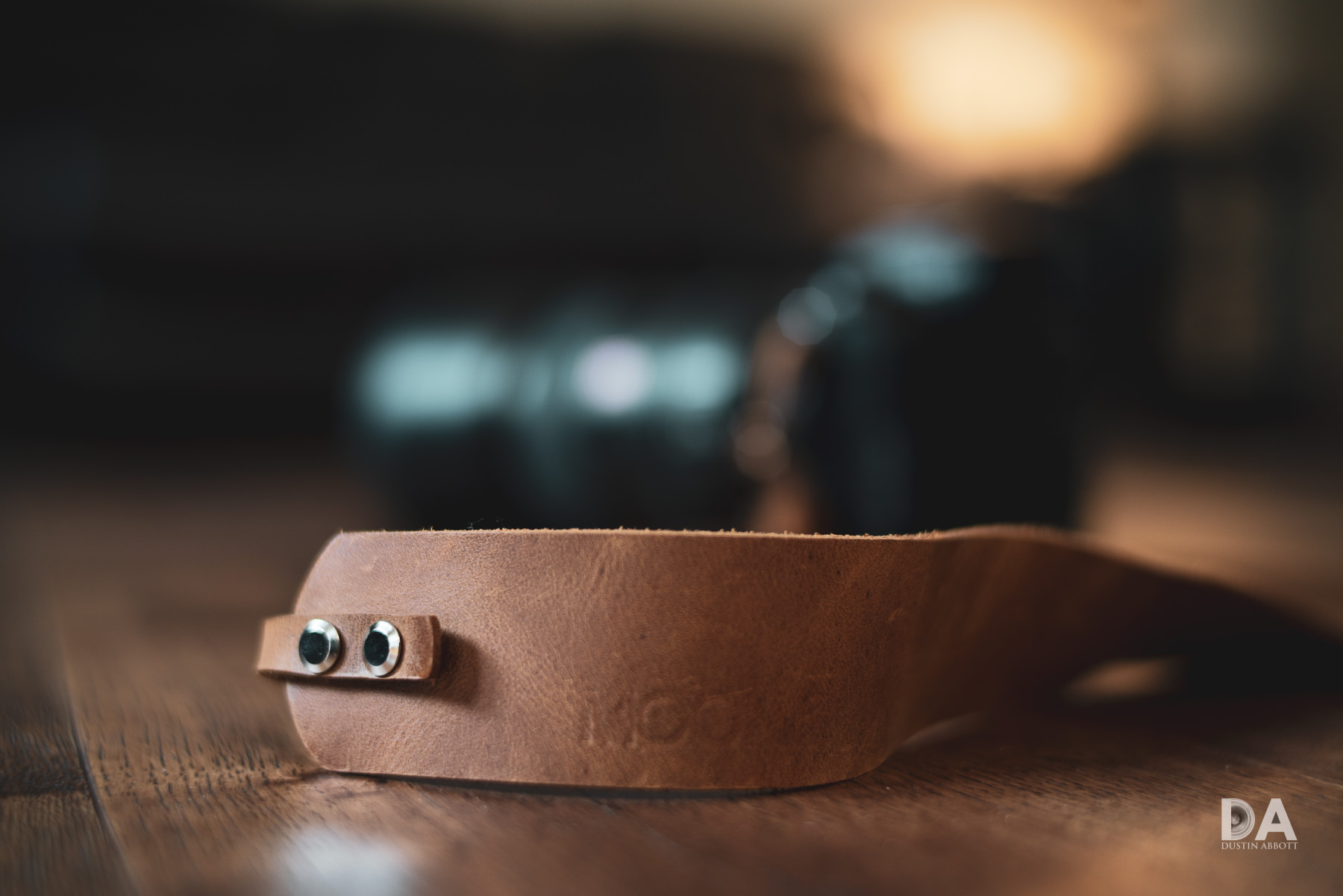
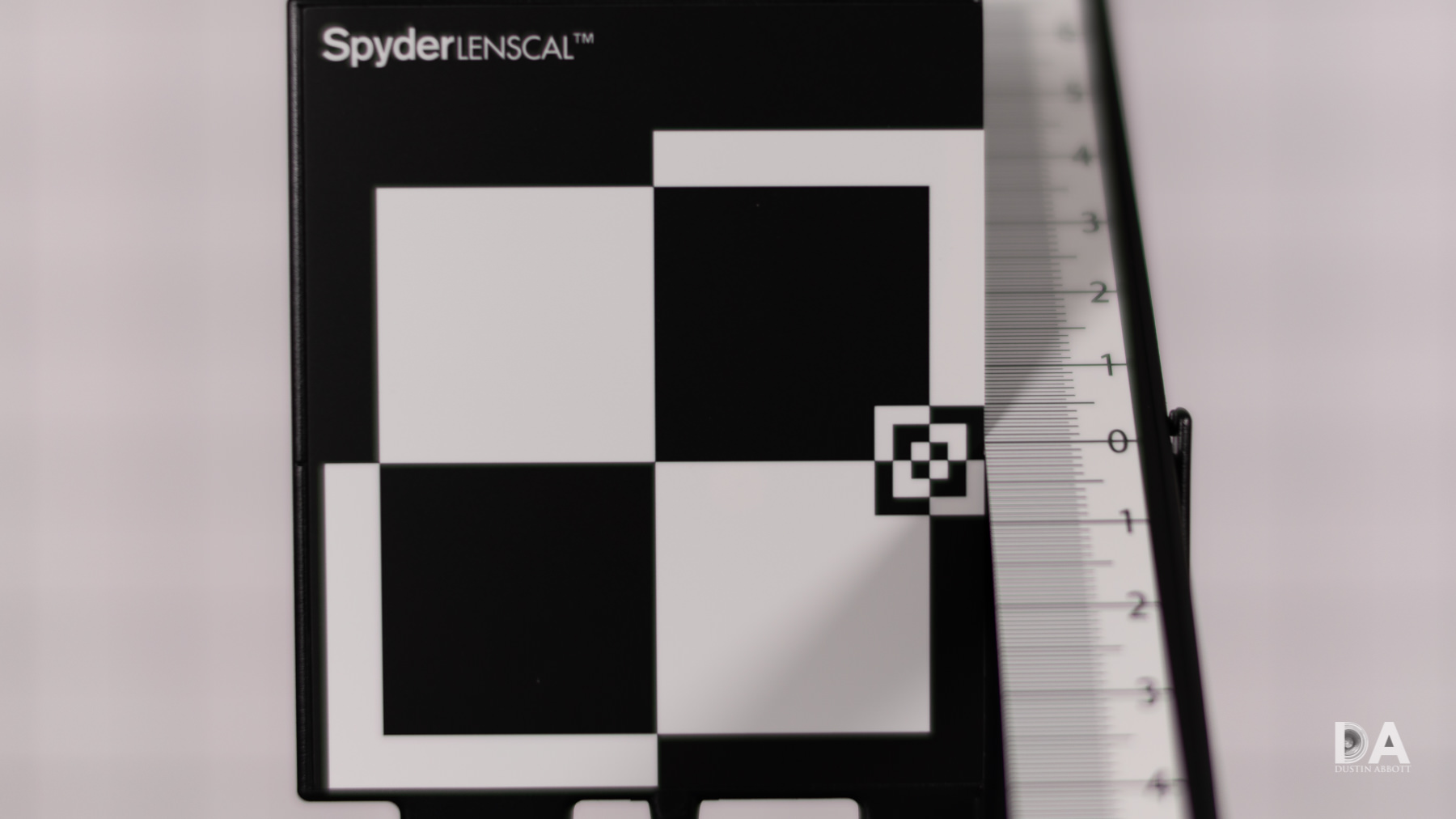

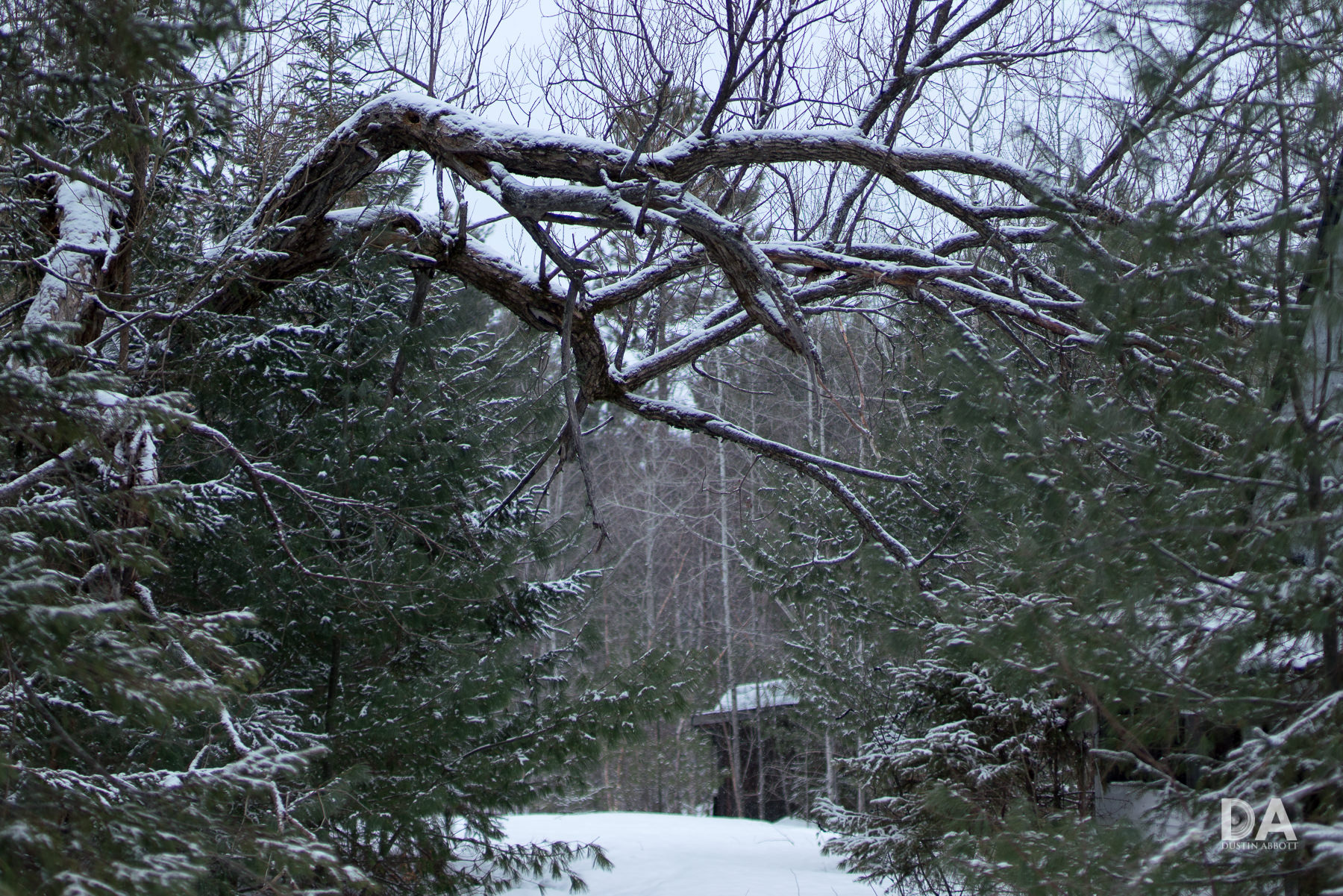
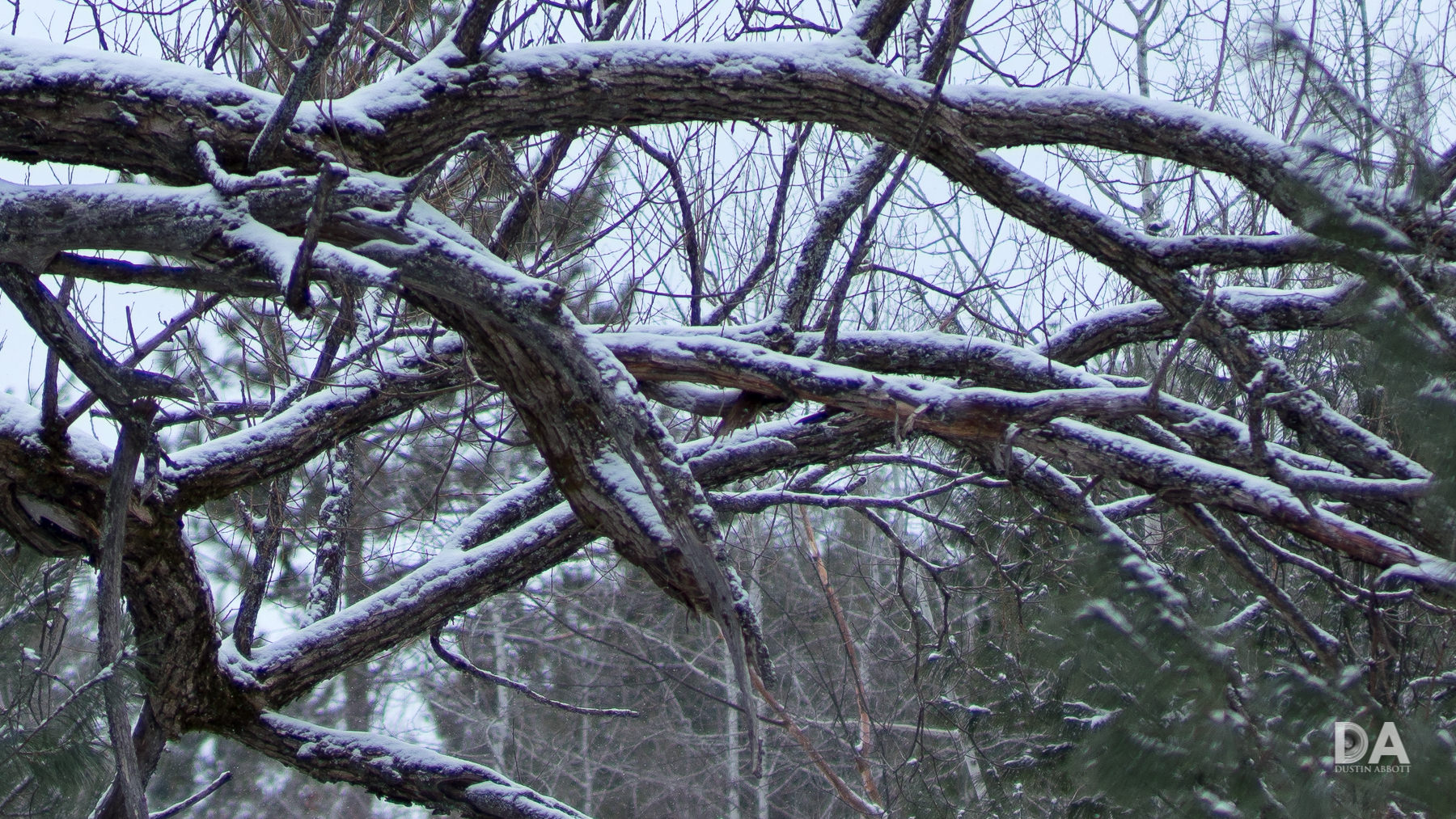
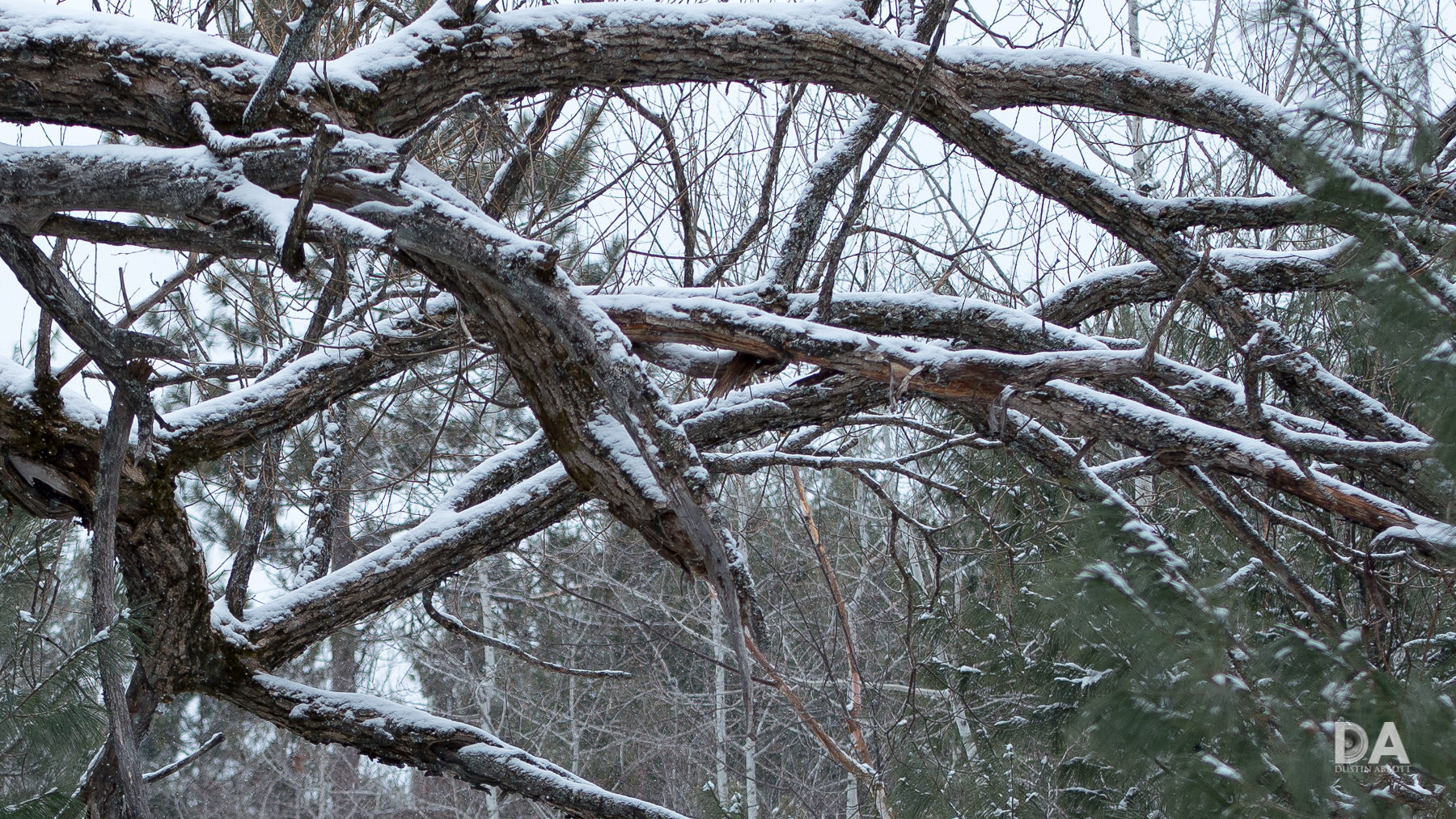

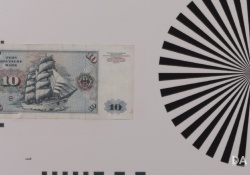
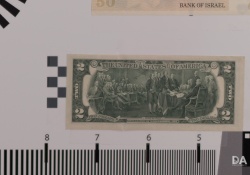
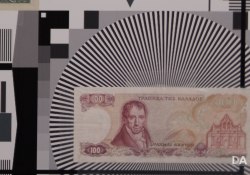
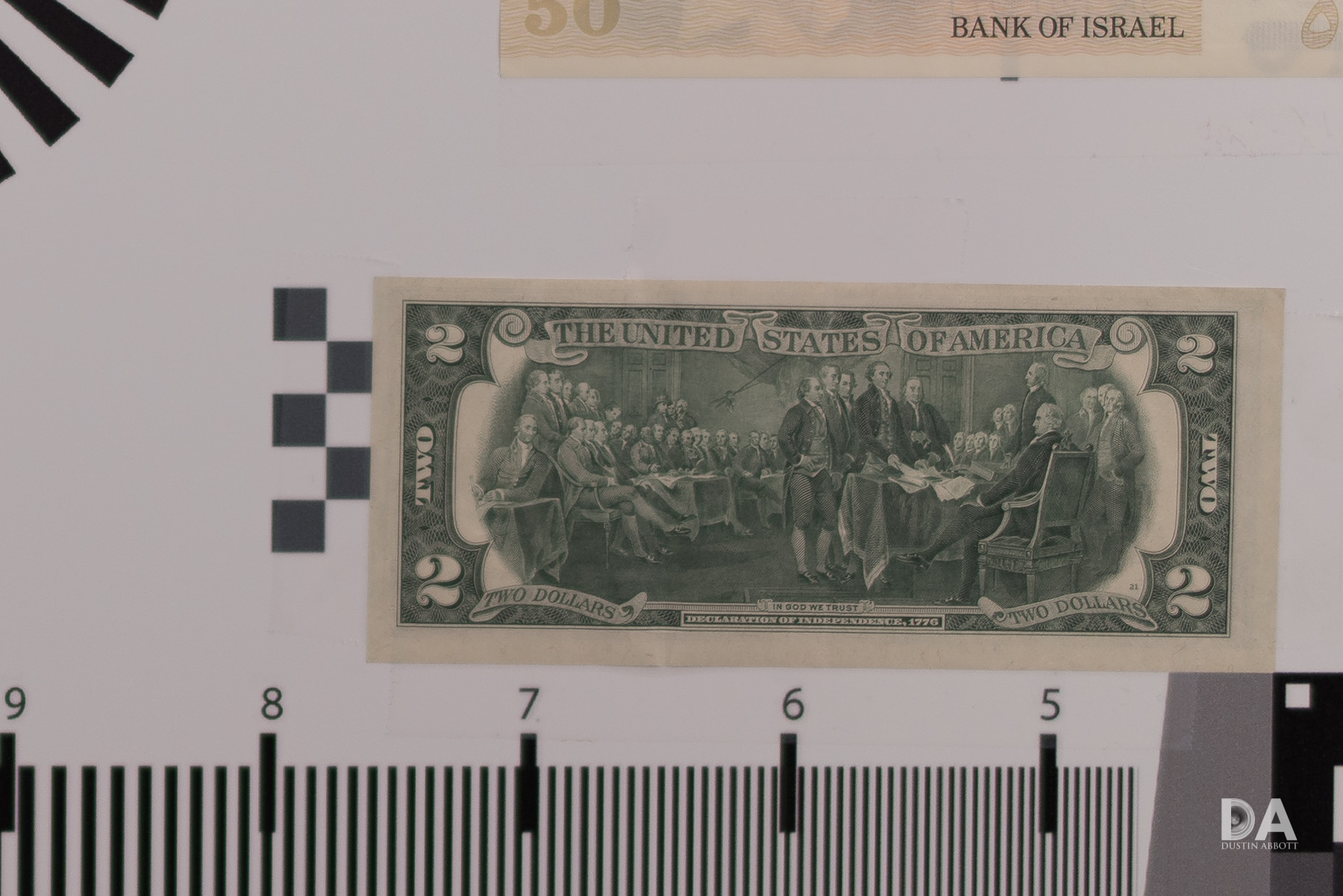
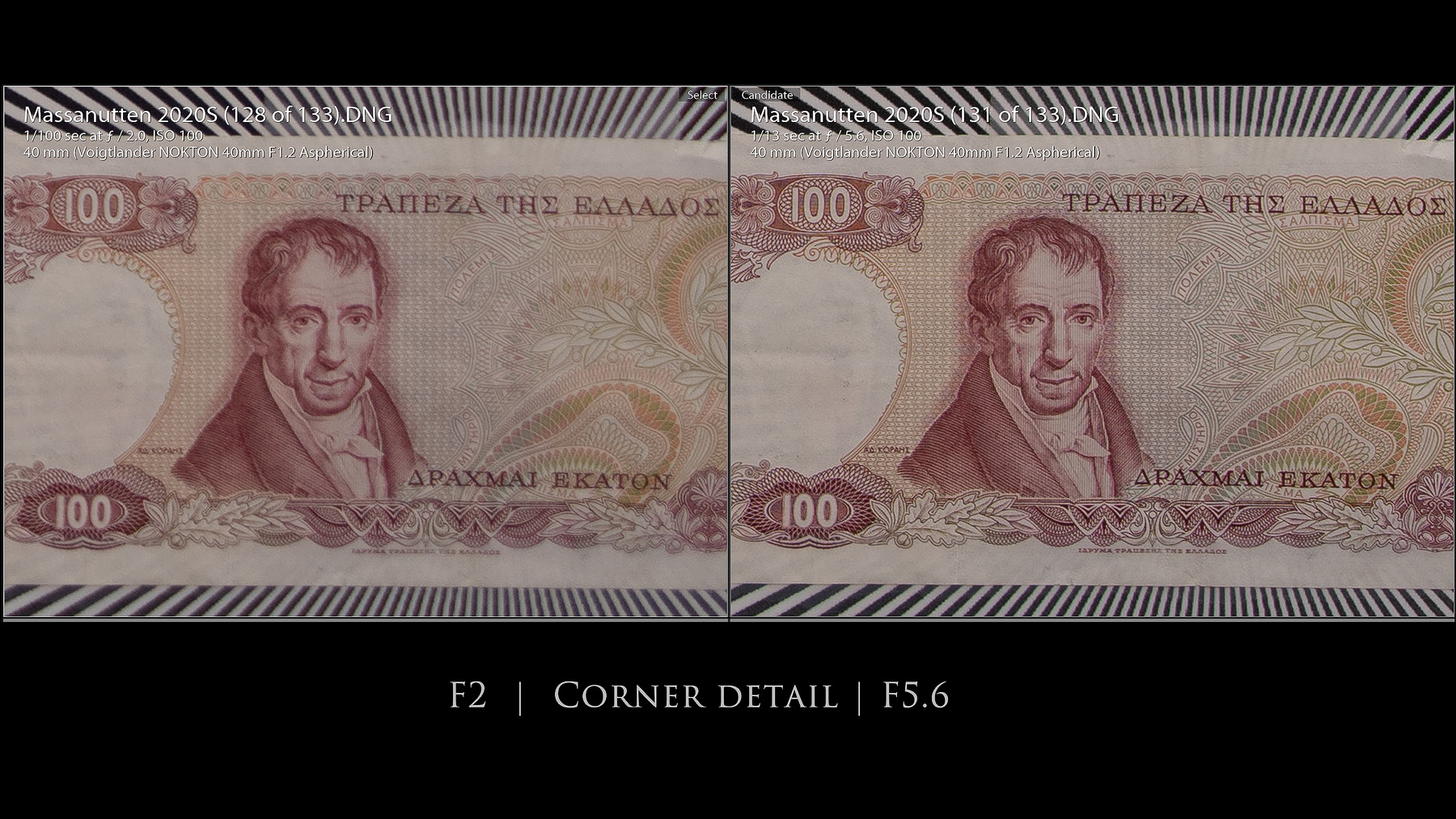




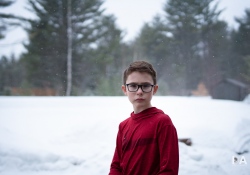
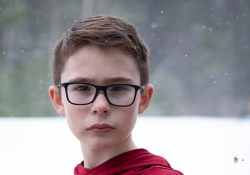



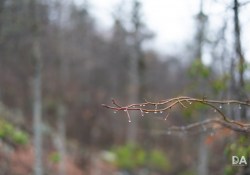


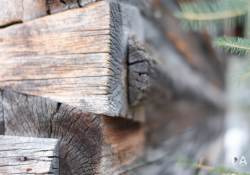


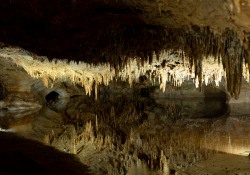

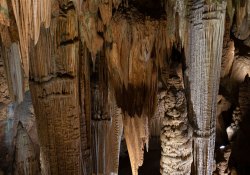
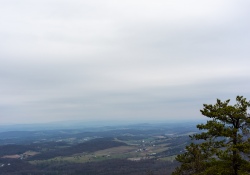
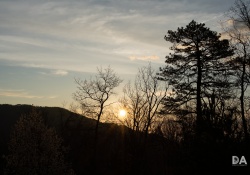
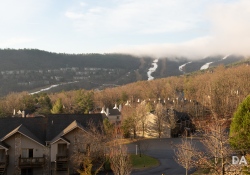
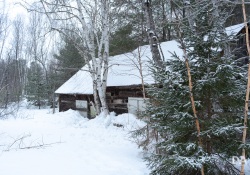
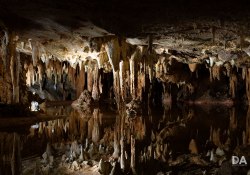
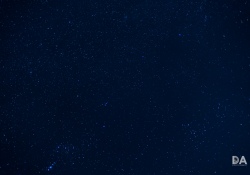
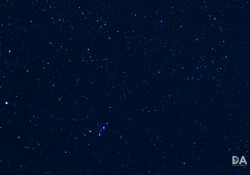
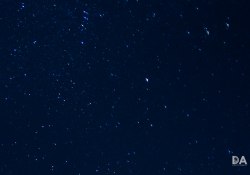

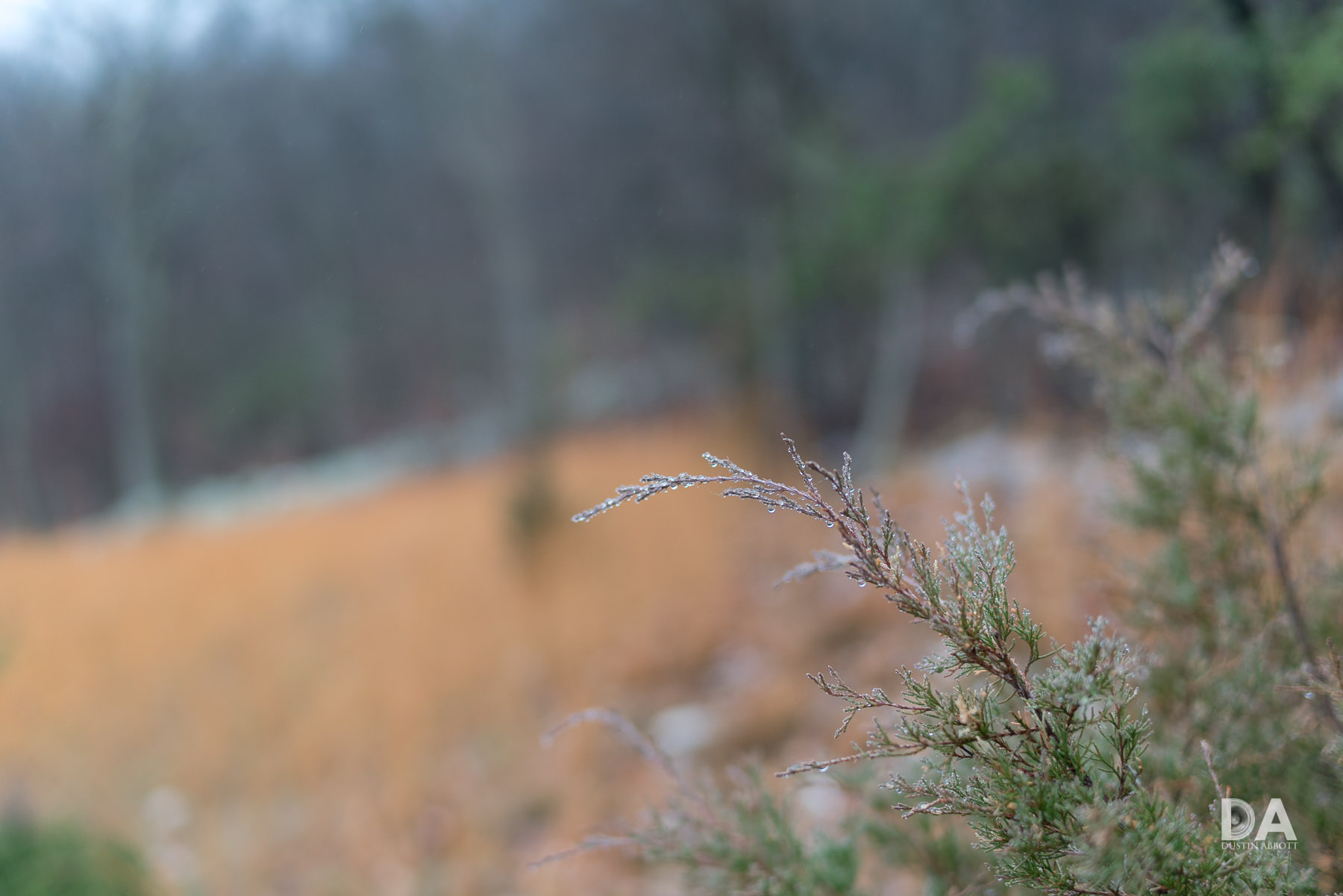

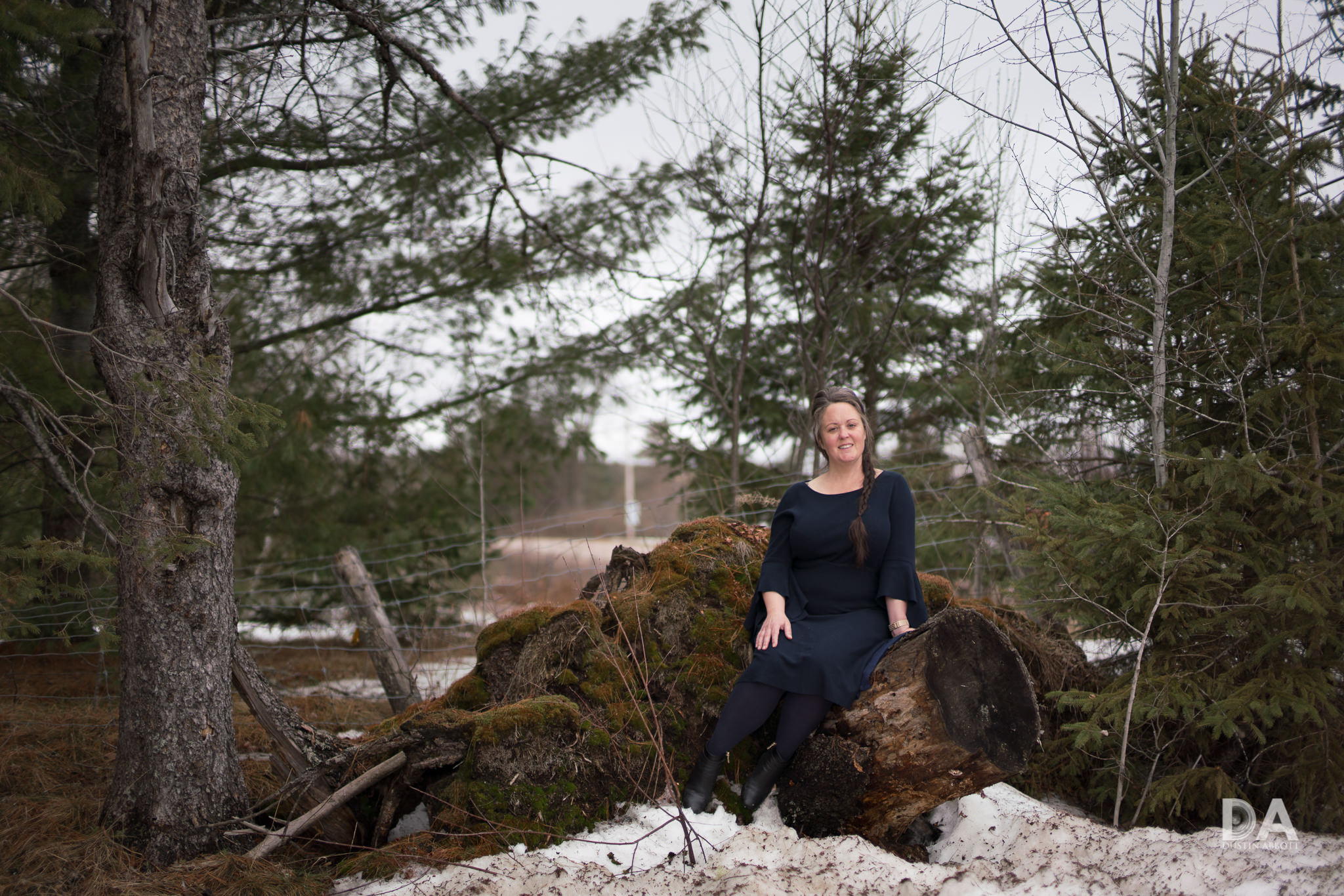





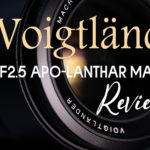
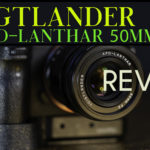

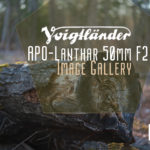
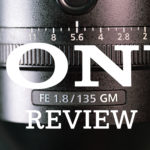
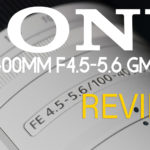


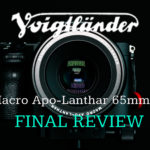
[…] higher contrast when stopped down to small apertures. The classic Zeiss Planar 50mm F1.4 and the Voigtlander Nokton 40mm F1.2 are great examples of this approach, and they are both lenses that people still love. The softer […]
[…] higher contrast when stopped down to small apertures. The classic Zeiss Planar 50mm F1.4 and the Voigtlander Nokton 40mm F1.2 are great examples of this approach, and they are both lenses that people still love. The Sirui […]
[…] images at smaller apertures – much like lenses like the classic Zeiss Planar 50mm F1.4 and the Voigtlander 40mm F1.2. Some people love these lenses; others prefer a more corrected […]